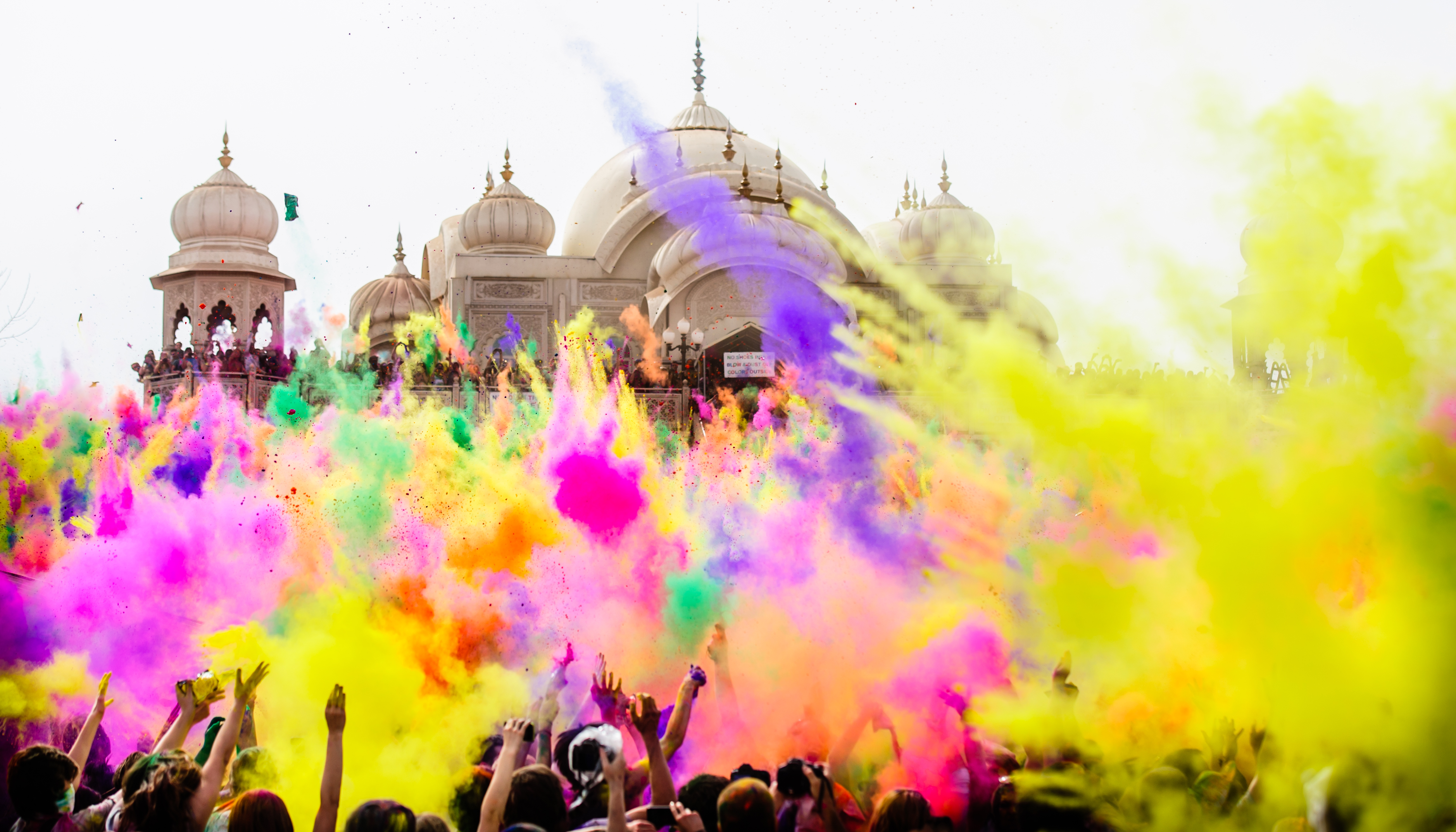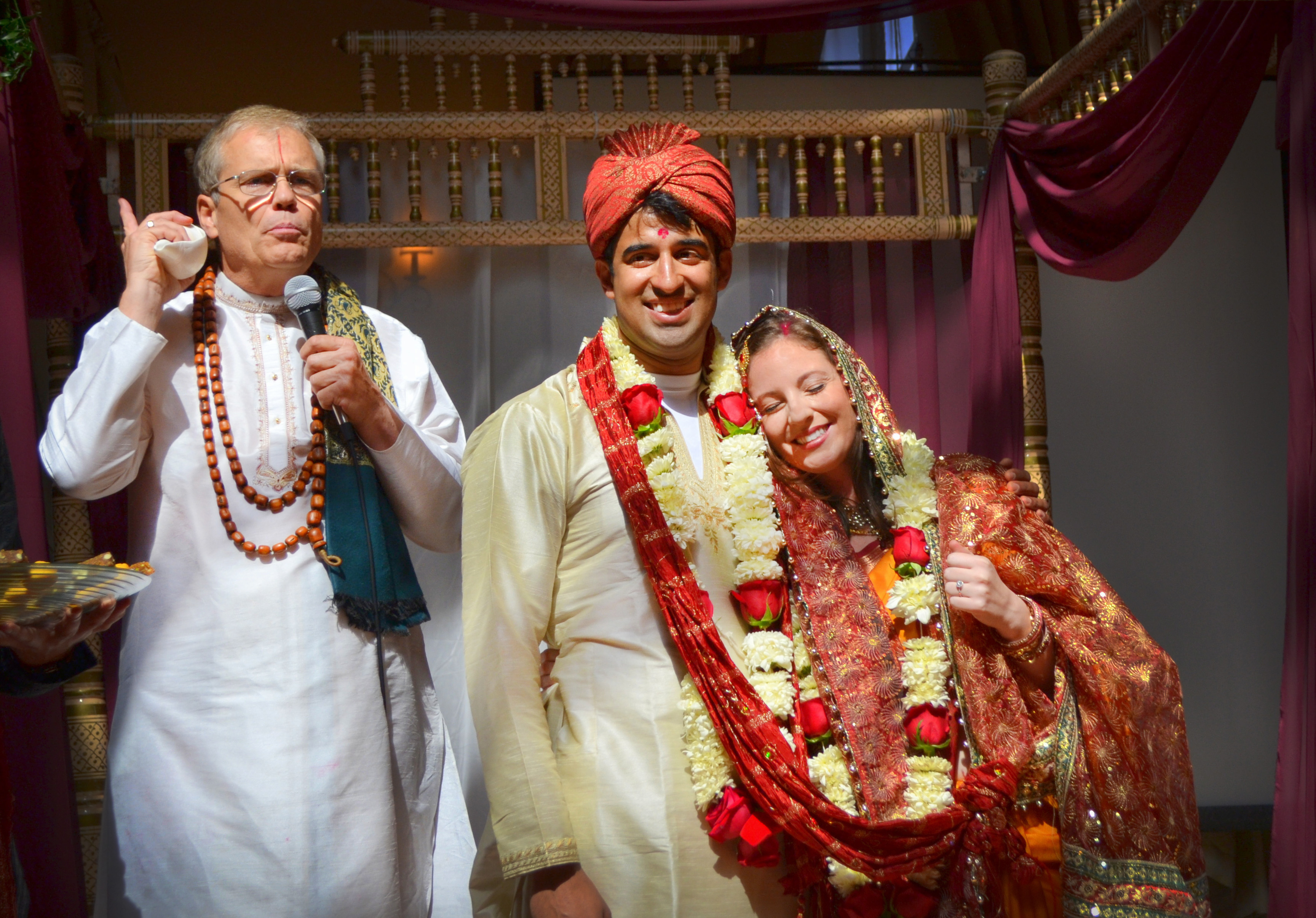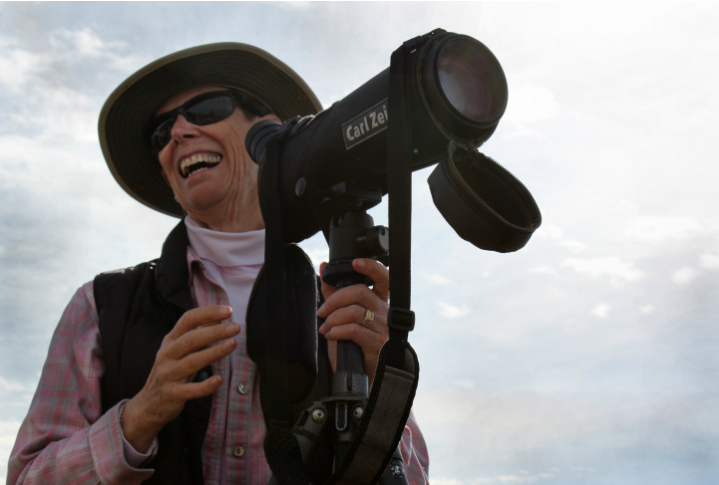On their last day of shooting on location in a lakeside cabin in Big Bear on Aug. 29, film producer Mike De Trana and his crew of about 30 were a little sad to be leaving the mountain behind.
“Big Bear is quiet, the people are nice, everywhere you point a camera looks amazing. It’s been great,” De Trana said.
De Trana and the writers, actors and camera operators who were with him, are something of an anomaly in Big Bear these days. The area once served as a backdrop for almost any Hollywood film that needed a forested location. “Gone with the Wind,” “Old Yeller” and “Heidi” are just a few films that have put Big Bear on the big screen. But filming here has dramatically declined in recent years.
“It has absolutely declined,” said Sheri Davis, who liaises with Hollywood filmmakers and Big Bear permit departments for Film Inland Empire. “In recent years there just weren’t the commercial and film shoots that have always been Big Bear’s bread and butter.”
Big Bear is not the only California location that’s seen a slowdown in lights, cameras and action. Film production statewide has tumbled 50 percent over 15 years, according to a report by Film LA. That is the reason Governor Jerry Brown accepted a deal with state legislators on Assembly Bill 1839 on Aug. 27. The bill, when final, will increase film tax credits in the state from $100 million to $330 million and will do away with some red tape for filmmakers. Lawmakers hope it will bring film production back to California—not just to Hollywood, but to places like Big Bear, too.
Davis, who has worked in the film industry around Big Bear for decades, said she first noticed a slump in business with the economic recession beginning in 2008. But when the economy started to pick back up, California’s film industry did not. Filmmakers had started looking to other states and countries to save money on taxes and permit costs, Davis explained.
Big Bear once had the appeal of offering mountain scenery just a few hours from Hollywood. But if filmmakers are looking for mountains these days, they may find tax incentives more inviting in Colorado or Canada—so inviting that they’re willing to travel farther.
And while sometimes Big Bear is too close to Hollywood, other times it’s not close enough. When filmmakers don’t want to travel, Big Bear can seem like too much of a drive.
“Big Bear will always have to compete with the Angeles National Forest. When they come out to Big Bear, they have the additional cost of traveling extra miles,” Davis said.
In 2007, nearly $6 million was spent on TV and film production in the Big Bear area. In 2013, the number was just shy of $2 million, Film Inland Empire estimates.
Filming in Big Bear has not disappeared completely though. The projects made here are just different than they once were. Alex Hamilton is a film location manager based in Big Bear. She said she has to take occasional projects down the hill to keep busy, but she does get some work in Big Bear, too.
“This year I’ve been nice and busy,” Hamilton said. “Most of the work here is car commercials and low budget movies.”
De Trana’s film, “House by the Lake,” falls into the latter category. He said he had originally wanted to shoot his low-budget independent horror film in Malibu, but the costs of shooting there were too high. For his production, Big Bear had advantages: cheap permits and a city government that wants to accommodate filmmakers.
“Everyone here has just gone out of their way to make things easy for us,” De Trana said. For young filmmakers like him, that’s appealing.
The city of Big Bear Lake definitely likes to have film productions in town, said Cheri Haggerty, director of intergovernmental and community relations for the city. City Council budgets about $20,000 annually toward contracting with Film Inland Empire to promote filming in the area. And Haggerty said businesses and residents don’t seem to mind.
“For the most part what we hear is a lot of support.” Haggerty said. “On occasion, when homeowners do have complaints about film crews in their neighborhoods, we’re quick to work with neighbors, and we try to find a balance. It usually works out for the best.”
Haggerty said the city is well aware of the economic impact that film crews bring with them. For example, De Trana and his crew of 30 stayed in Big Bear for 12 days. In that time, they paid for lodging, ate at restaurants and rented boats, in addition to the money they paid the city for filming permits.
That’s exactly the kind of impact Governor Brown and other supporters of AB 1839 hope to see statewide. In his official statement, Brown said he hoped the bill would put “thousands of Californians to work.”
AB 1839 has had some opponents. Critics pointed out that several politicians behind the bill rely on Hollywood campaign donations. Others were concerned about the bill’s price tag—backers had originally asked for a $400 million credit; $330 million was a compromise. And some analysts have called the bill’s projected economic impact into question. But in general, the bill has been portrayed as critical for keeping California competitive with other states and has received broad bipartisan support in the state legislature.
It isn’t officially signed into law yet, but locals in the film industry are already crossing their fingers it will do what it’s designed to do when it goes into effect in 2015.
“Film producers go where they can get the best deal,” Hamilton said. “Hopefully it will keep features in LA and that way Big Bear will get more business, too.”
Read this story on the Big Bear Grizzly









